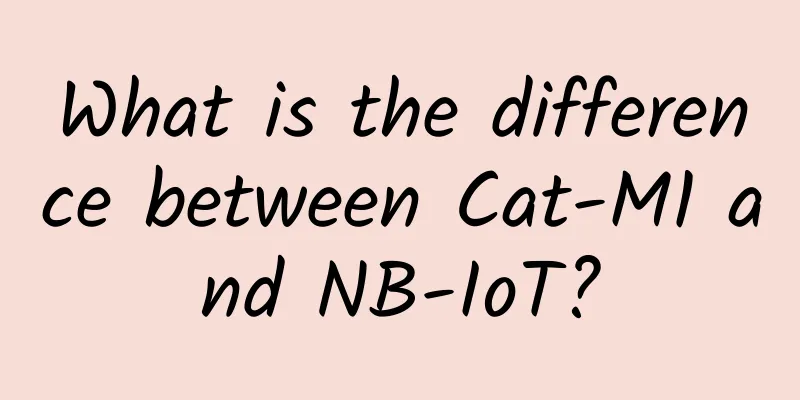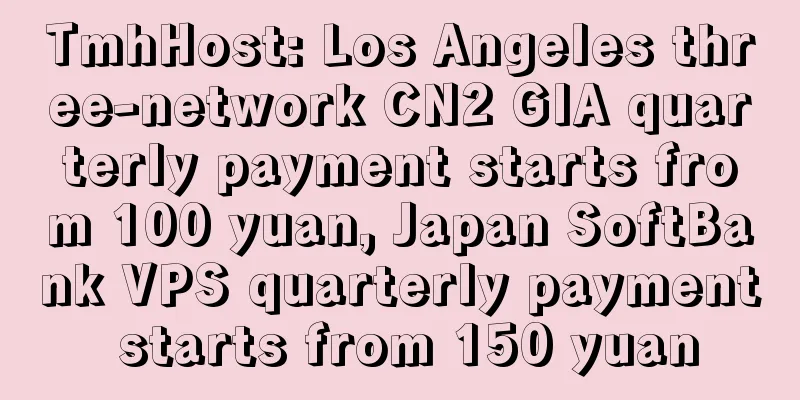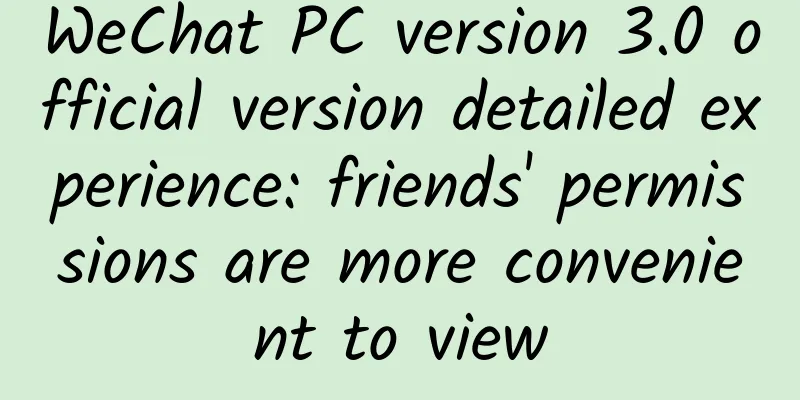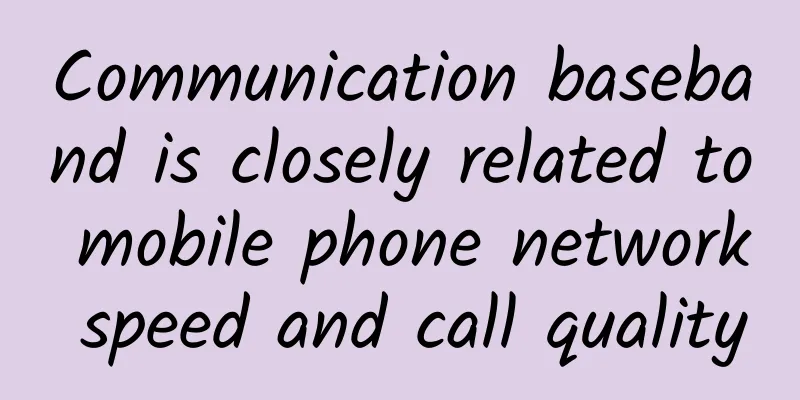What is the difference between Cat-M1 and NB-IoT?

|
Cat M1 and NB-IoT are two of the most popular IoT connectivity options available today. Understanding use cases and their differences is important to finding the right technology to support a specific use case. The rise of Internet of Things (IoT) technology over the past few years has been well documented, with experts predicting the number of IoT devices will reach 75 billion. To drive this trend, project managers and developers look for IoT devices that support the specific range, bandwidth, and data load they need to cover, allowing them to successfully bring their innovative ideas to market. While technically any connection will do the job, choosing the perfect IoT solution for your project can improve quality of service, cost savings, and operations. Here are the differences between LTE CAT-M1 and NB-IoT.
What is Cat-M1 (LTE-M)?Cat-M1/ LTE Cat-MLTE-M (LTE Cat-M or Cat-M1) is a new mobile data standard for the growing Low Power Wide Area (LPWA) market. It is best suited for transmitting low to medium data over long ranges. Cat-M1 provides fast enough bandwidth to replace many current 2G and 3G IoT applications. It differs from NB-IoT in several other ways: Cat-M1 supports cellular tower handoffs, so it works with mobile applications such as asset tracking and fleet management. It also supports voice capabilities in IoT applications such as medical alert devices and home alarm systems. The standard uses 1.4MHz of bandwidth and also has enough throughput to transmit firmware, software and other security updates to IoT devices, including a full Linux operating system - something NB-IoT cannot do. In addition, Cat-M1 supports full-duplex and half-duplex, which means that enterprises can reduce power consumption and increase battery life by choosing half-duplex. It is faster, with upload and download speeds of 1Mbps and lower latency of 10 to 15 milliseconds. Cat M1 Use CasesThe most common use cases for Cat-M1 include wearable devices such as fitness bands and smart watches and automated teller machines (ATMs), as well as asset tracking, health monitors and alarms. It is also widely used in metering applications, security monitoring, building surveillance systems and telematics. It also has some crossover with NB-IoT and can work with smart meters and industrial monitors. What is NB-IoT?NB-IoT (Narrowband IoT or NB1)NB-IoT (Narrowband IoT or NB1) is another new mobile data standard for the growing low-power wireless applications (LPWA) market. NB-IoT has an uplink speed of 66kbps and a download speed of 26kbps in half-duplex mode, meaning data only goes in one direction at a time. It also has a latency of 1.6 to 10 seconds. It operates over a 180 kHz bandwidth and can be deployed in the guard band portion of LTE networks, which is between channels in the unused portion of the spectrum. As a result, it excels at covering a wide range of IoT projects, providing an impressive 7 times the coverage of current technologies such as CAT M1. NB-IoT offers better protection against buildings and obstacles. NB-IoT relies on a simple waveform to connect, and it consumes very little power compared to LTE Cat M1. As a result, NB-IoT devices can provide better penetration of buildings and obstacles. This also means that NB-IoT devices cannot send as much data as LTE Cat M1. NB-IoT Use CasesThe most common use cases for NB-IoT include smart gas, water and electricity meters, smart city applications such as smart streetlights and parking sensors, and other remote sensing applications that do not send data frequently or in large quantities. This includes HVAC controls, industrial monitors, and agricultural sensors that monitor irrigation systems and detect leaks. Based on the above comparison, the main differences between NB-IoT and LTE-M can be briefly introduced as follows. Use Case Summary |
<<: Amazon Sidewalk, a Wi-Fi-sharing project, will go live on June 8
Recommend
Is IIoT edge computing ready?
Edge computing, a powerful technology that has be...
How to protect remote workers from cyber attacks?
[[400945]] During the coronavirus outbreak around...
Say goodbye to manual inspections, automation makes network device management more efficient
In modern network architecture, the health of net...
Five ways to ensure your applications are cyber resilient
The massive shift to remote work caused by the CO...
How 5G can unlock the potential of smart homes
5G technology has been one of the hottest topics ...
RAKsmart March Promotion: Dedicated servers limited flash sale starting at $30/month, bare metal cloud/cloud servers starting at $1 for the first month
RAKsmart's "Everyone Goes to the Cloud&q...
Do these 3 steps well and data center migration can be done without interruption
If you ask network engineers what issues keep the...
DogYun Fantasy Beast Palu server pre-sale 400 yuan/month-2*E5-2680v4/128G memory/1TB SSD/50M input 40M output
DogYun (狗云) has launched a pre-sale activity for ...
Ruijie Cloud Desktop has emerged as a new force. Why do users prefer it?
[51CTO.com original article] Speaking of players ...
Six wireless transmission modes, do you know them all?
In order to set up the relay function of the wire...
25 Fudao companies cooperated to develop the scada system, committed to the construction of industrial big data platform and industrial Internet
At present, it is a global consensus that the Ind...
What problems do HTTP/1, HTTP/2, and HTTP/3 solve?
What problems does each generation of HTTP solve?...
HostDare: 25% off NVMe disk VPS in Los Angeles starting at $19.49/year
HostDare has launched a new promotion for the Los...
Microsoft announces that US operator AT&T's 5G mobile network business will be migrated to Azure cloud service
Microsoft announced today that US telecom operato...
In-depth understanding of classic load balancing cases
Preface I have nothing to do so I write an articl...









